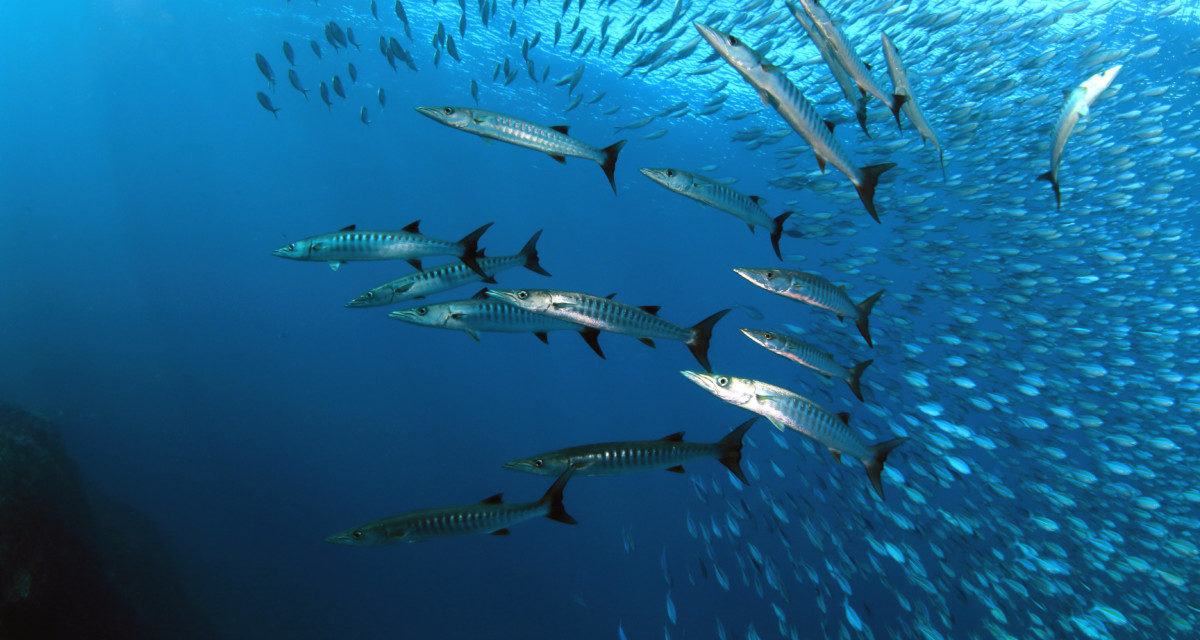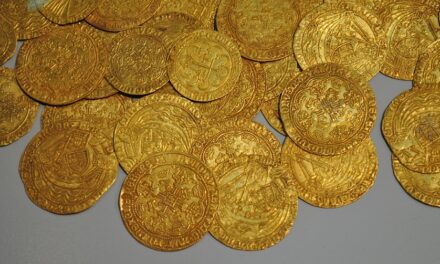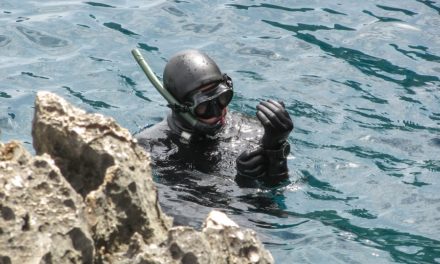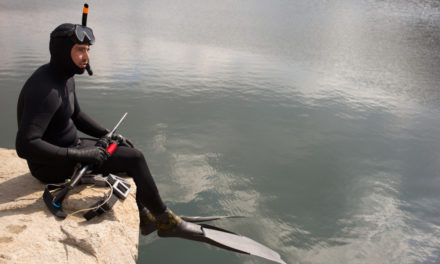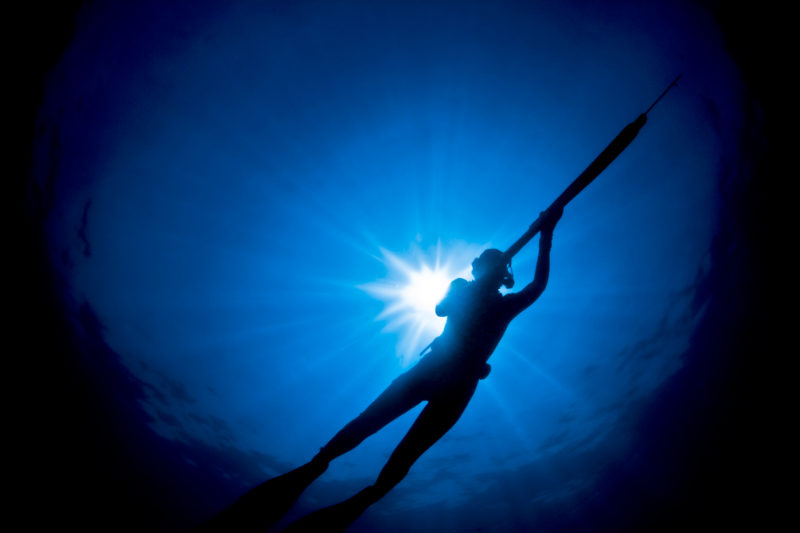Are you interested in going spearfishing for Wahoo? If you are, read on to learn how.
(Other common names – Ono in Hawaii, Queenfish in the Caribbean and Springer in Brazil).
So, let me guess, you’ve gone King and Spanish Mackeral spearfishing and loved every minute of it and you want more. How could you not? Those fish are so much fun to spear and are delicious. Well, if that is the case, it’s time to step up and go Wahoo spearfishing. Wahoo are some of the fastest fish you can go up against. They can swim up to 60 mph and pack a load of up to 180 lbs. Did I fail to mention they are absolutely delicious on the BBQ too? In fact, Ono in Hawaiin means delicious.
Well, I hope the above description excites you. If it does, you’re going to need to follow these spearfishing tips, so you know where to look for Wahoo, when to go spearfishing for them and the technique that you’ll need to use to spear a massive one.
It’s A Beauty
In many ways, a Wahoo resembles a King Mackerel, but are bigger. They are torpedo in shape, which as noted allows them to reach speeds of up to 60 mph.
The lower 2/3 of a Wahoo is silverish with hints of blues and greens. The upper third of a Wahoo transitions more to a deeper blue and green in color. They have beautiful vertical bars across their body, almost like a tiger. Depending on the size of fish they can have about 25 – 35 of these vertical bars that can also appear Y shaped. Compared to a King Mackerel, they have more of bird-like mouth with larger and many more razor-sharp teeth to consume their food. A Wahoo is also different from its cousin the King Mackerel by a fold of skin that covers it’s lower jaw bone when its mouth is closed.
Migration Patterns
Here’s an overview of their migrations patterns.
Wahoo are pelagic fish that migrate north in the summer and south in the winter. They are found worldwide and can be found as far north as New Jersey on the east coast and south throughout Florida and the Caribbean. On the west coast of the Americas, you will find them off the coast of Panama and up to Baja California, in abundance. You will also find them throughout the Hawaiin Islands.
Just like other fish, their migration is based on water temperature. Wahoo like to be in water temperatures ranging from 71 – 80 F, but have been found in waters as low as 68 F and above 85 F. In contrast to King Mackeral they can be a bit of a lone wolf. Hunting individually or in twos and threes (King’s like to stick together).
Pro Tip: As with most fish, track the water temperature and you spear a Wahoo.
Click here to take look at Rutger University’s satellite imagery of sea surface temperature.
Location (feeding ground)
Wahoo are large predators, so they’re going search out where their lunch and dinner live. As a Spearo, seek out places of structure. Usually, this is around reefs, underwater formations, weed lines, and shipwrecks and other areas of water where their food source is likely to be. Take note of your surrounding, look up and down. Many a Spearo have missed a Wahoo, by only looking down and not up close to the surface.
Time of Day
Like other game fish, typically the best time to go spearfishing for Wahoo is in the morning and late afternoon. Why? This is when their food source is most active and is feeding. Wahoo will be out hunting themselves. Many experienced anglers and Spearos also believe Wahoo become active just before a full moon and around a new moon.
Spearfishing Techniques
We have gone over where and when to find Wahoo, now it’s time we discuss how to actually spear one when you come across one. Here’s another post that will give you some other techniques to use when spearfishing in general – a few techniques.
No Eye Contact
I can say the same when it comes to spearfishing for King Mackerel. Wahoo, are curious fish and they will swim up to you to check you out. Don’t look directly at them. Eye contact will scare them off and your dinner will be gone. Use your peripheral vision.
Stay Calm
A recurring best practice when spearfishing any fish is to always stay calm and there’s no exception when it comes to Wahoo. When we’re new at spearfishing we tend to get a little overexcited. Who could blame us? After all, it’s pretty exciting…right? Let the fish come to you..they will.
Taking Aim
When in doubt always aim for the head when spearfishing Wahoo and other fish. Wahoo have very soft flesh and are extremely strong and will rip off a spear easily. As noted, be calm and get closer to the fish before spearing. You want to see some texture…scales, color, and fins before letting the spear go.
Easy Does It
Ok…again relax. Nice…you have done it, you’ve got one with a direct hit!
No matter where you ended up spearing the fish it will want to take off aggressively. It is natural for us to want to pull back hard. Don’t do it. Let the fish go. At this point, you could rip the spear out and you have now just lost a beauty. The fish is on your float line securely and again, easy does it!
The first run of the fish will be it’s hardest and then it will tire. Pull gently on your line and when ready bring it in. Obviously, use your best judgment. If you have made a good secure shot you can pull a little harder and get your hands into the gills for a secure hold.
Recreational Regulations
Florida:
- Size Limit – None
- 2 fish per day (per person)
South Atlantic Fishery Management Council
In Conclusion
I hope this post provided you with some useful information when it comes to spearfishing for Wahoo. You should have a good understanding of a Wahoo’s migration patterns and some spearfishing techniques to spear this delicious tasting fish. Also, take a look at these recommended posts on our Guide To Blue Water Spearfishing and Top 10 Spearfishing Destinations to enhance your spearfishing knowledge. Lastly, as always, be safe and go and have some fun spearfishing!

